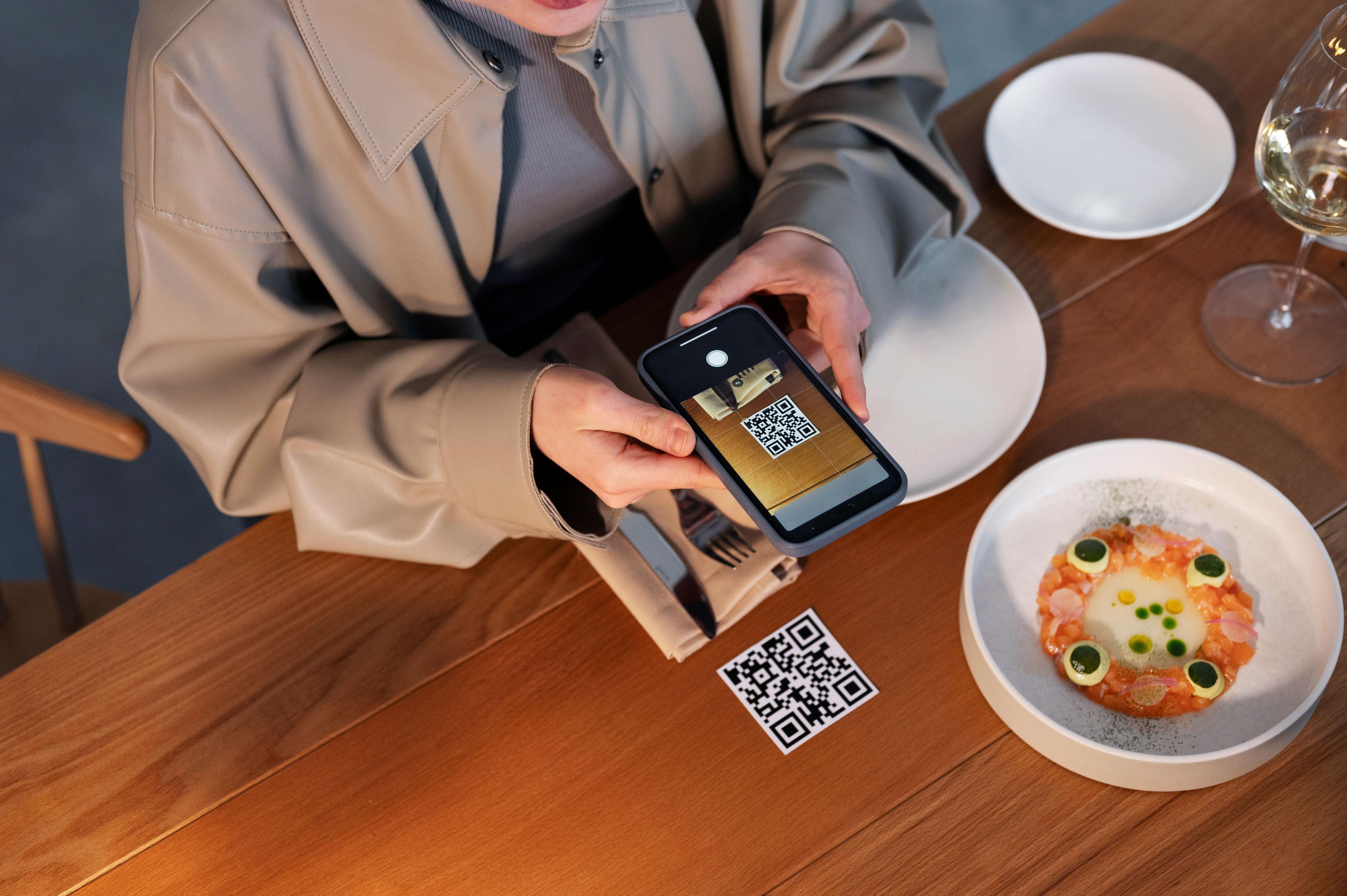Many restaurants measure loyalty success with feel-good metrics that don’t tell the full story. Instead of celebrating every new signup, restaurants should ask, "Is our loyalty program changing behaviour?"
The real measure of success is Capture Rate—how much of your revenue comes from known, reachable customers.
If your program only impacts a small percentage of your guests, it doesn't matter how cool or gamified it is; it’s not moving the needle. But when most of your revenue comes from loyal, engaged customers, that’s when you really start to win.
But how can you create a restaurant loyalty program that people will actually use, recommend and love? Not just a one-time hit. Let’s look into key elements to build up your own loyalty program for Quick Service Restaurants, also known as quick service restaurants (QSR).

Engagement Over Enrollment: The Power of Active Restaurant Loyalty Program
For quick service restaurants (QSRs), simply getting customers to sign up for a loyalty program isn't enough. According to Hubspot, the average person is a member of seven different loyalty programs but uses only half of them actively.
But as one can see above, here’s where many quick service restaurants miss the mark—they host a party and only care about who RSVPs rather than making sure everyone has a great time once they arrive. With so much competition in the QSR industry, it’s crucial to stand out by making your customers feel like they’re more than just a number.
One of the most effective ways to boost engagement is through loyalty program rewards that actually matter to your customers. Think about it—why should someone choose your quick service restaurant over another? The answer lies in the unique perks your loyalty program offers. Your ultimate goal should be to make customers feel valued and appreciated!
By shifting the focus from mere enrollment to active participation, quick service restaurants can transform their loyalty programs from a simple points system into a powerful tool for driving repeat business and building a loyal customer base. So, if you’re wondering what are quick service restaurants doing to stand out, look no further than how they engage their loyalty members.
Want to know more about the QSR experience and restaurant loyalty programs in detail? Look no further! Read our blog “Revolutionizing the Dining Experience Through QSR Loyalty Programs”.

Restaurant Loyalty That Sticks: Building the Right Hooks with 4 Strategies
Among other quick service restaurants, why you? What do you have to offer? The answer is not complicated. You can play the game according to your audience, maybe a preferred age group you want to keep, or a gender. Changing rewards and your loyalty approach from time to time according to recent trends such as Barbenheimer (referring to Barbie and Oppenheimer same-day launch), is the way to stand on top without going above and beyond. Let’s look at some basic strategies that is going to increase your loving customer base for restaurant loyalty.
1. Personalized Rewards and Offers in a Digital Space
Achieving a balance between a seamless digital experience and personalized service is important for a standout restaurant loyalty program.
Customers expect a smooth app interface that simplifies tracking and redeeming rewards while appreciating personal touches that make them feel valued. According to Markets Insider, one in four shoppers decline being a loyalty program user that requires too many purchases to require points and is also really hard to understand and navigate.
Efficient digital tool usage and individualized attention ensure that your loyalty program for customers meets modern expectations and fosters deeper customer loyalty and satisfaction.
2. Gamification of Quick Service Restaurant Loyalty Programs
We all enjoy playing games, and your age does not matter. Playing games and earning points is a win-win for both the customer and the owner!
By incorporating game-like elements, brands see a 47% increase in engagement and a 22% rise in loyalty. This approach taps into fundamental human desires by offering rewards that motivate and entertain. The psychology behind purchases with gamification is the need for belonging, increased self-esteem, and self-actualization.
Millennials and Gen Z (who now make up a large portion of today's customers) are more receptive to digital experiences because they grew up with technology. Gamified loyalty programs attract these customers by making participation enjoyable and offering personalized rewards, creating a strong incentive for them to return and stay engaged.
3. Measuring the Success of QSR Loyalty
For quick service restaurants, it’s crucial to continuously monitor and refine your loyalty program to ensure it’s more than just a flashy sign-up incentive.
One key metric to focus on is the "time to third purchase." This indicator tells you how quickly a new loyalty member is coming back after their initial visits. If it takes too long for a customer to make their third purchase, it’s a sign that your loyalty program for customers might need some tweaking. The faster a customer makes that third purchase, the more likely they are to become a regular.
Another important measure is the capture rate, which tracks the percentage of your revenue from known, reachable customers. A higher capture rate for quick service restaurants means that your loyalty program rewards turn casual visitors into repeat customers.
By monitoring these key indicators, you can ensure that your restaurant loyalty program drives the desired behaviour and delivers real value. Remember, it’s not just about getting customers to sign up; it’s about keeping them coming back for more, making your loyalty program a true asset to your quick service restaurant.
4. Acting on Feedback: Implementing Changes
Regularly analyzing feedback data helps identify trends and areas where improvements can be made. This ongoing process allows for updates to the loyalty program, keeping it engaging and relevant.
77% of customers are more inclined to favor brands that actively request and act on their feedback.
Incorporating customer feedback through surveys, feedback forms, and Zero and First Party data collected via the mobile app can provide valuable insights into preferences and responses to new menu items or promotions.
“Personalization drives performance and better customer outcomes. Companies that grow faster drive 40 percent more of their revenue from personalization than their slower-growing counterparts.”
Diverse feedback can also be gathered through direct customer interactions, social media polls, and in-store suggestions. Emphasizing the role of feedback in continuously refining the program helps enhance the overall customer experience and ensures the program remains aligned with customer needs and expectations.
Are you curious about what first-party and zero-part data are? Read our blog “First Party Data: The Data You’ve Been Missing”.
Small Moves, Big Wins: Incremental Changes with Major Impact

Even small changes can lead to big results! Personalized communication, better loyalty program integration, and even small tweaks in how you engage with your customers can make a world of difference. Let’s explore some real-life examples demonstrating the power of these small moves.
Final Words
Implementing effective loyalty programs is essential for QSRs aiming to enhance customer retention, engagement, and satisfaction. By adopting strategies such as personalized rewards, seamless mobile integration, gamification, exclusive benefits, and continuous improvement, QSRs can create the ultimate customer experience.
Ready to transform your QSR loyalty program? Contact Kaizen today for expert guidance and innovative solutions tailored to your business needs. Discover how Kaizen can help you create the ultimate customer experience and start your journey to success.




